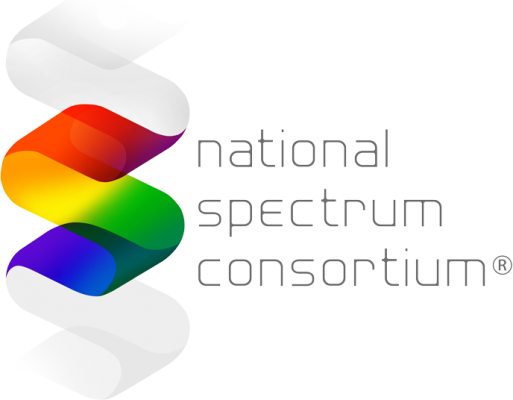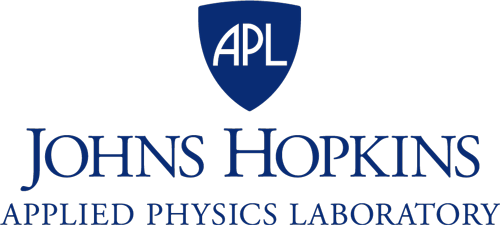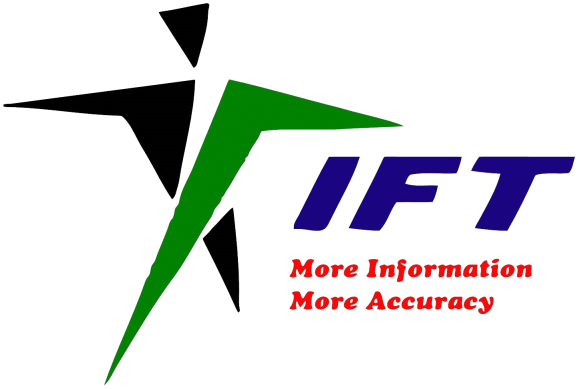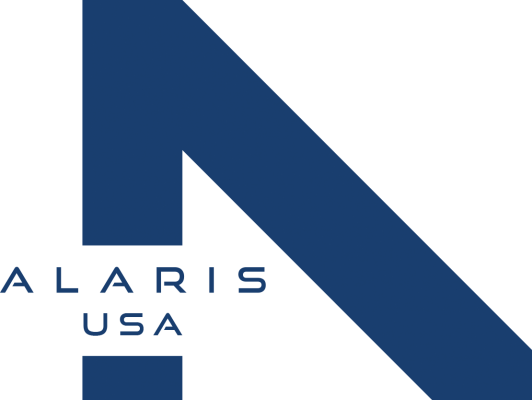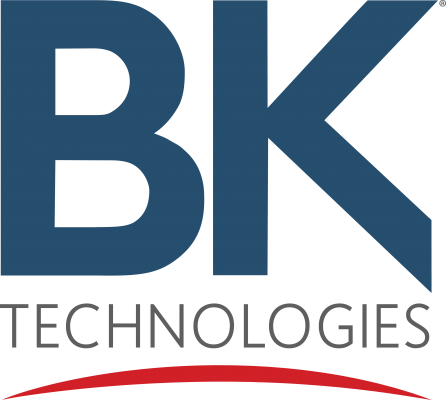
The military IoT integrates a plethora of devices, ranging from small sensors to autonomous aerial, ground, and naval vehicles. In such autonomous military IoT systems, one must ensure that freshness of diverse information—ranging from control and autonomy information, to battlefield status information, amongst a distributed network of devices with local dynamics—be guaranteed at command and control before making real-time battlefield decisions. This yields a fundamental shift from a packet-transfer-based to an information-freshness-based approach to the modeling, control, and optimization of complex distributed and networked IoT devices. Analyzing the age of information (AoI) in a military IoT requires revisiting the fundamentals of information latency while meeting key challenges, such as:
- Dependence of the AoI on the (local) physical dynamics, network operation, and type of information which requires redefining the traditional notion of AoI to cater to heterogeneous information, device types, and application needs,
- Coupling among age of information, value of information, and cost of information, in terms of the latency needed for measurement and collection of data,
- Need for AoI synchronization among different, possibly coordinated military IoT devices,
- Large-scale nature of a military IoT and presence of a massive number of heterogeneous devices, and
- Interplay between AoI performance and security.
The goal for this workshop is to showcase recent major contributions made by a group of leading researchers to address the aforementioned scientific challenges through the following activities:
- Address the military IoT information freshness and latency challenges by developing a foundational framework, based on the notion of multi-mode AoI metrics;
- Theoretically and experimentally explore the network science of multi-mode AoI in military IoT systems;
- Develop new suite of tools to learn and optimize multi-mode AoI in dynamic military IoT systems;
- Optimize the trade-off between multi-mode AoI, cost, and value of information under massive self-organizing IoT;
- Develop security mechanisms to protect information freshness from AoI-centric adversarial attacks;
- Design and develop proof-of-concept demonstrations based on innovative concepts and support their transitions to the DoD/Navy’s R&D enterprise.




